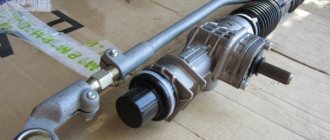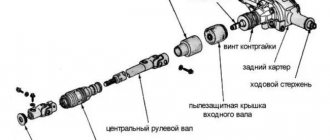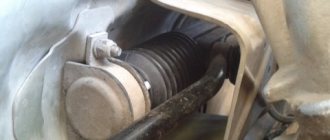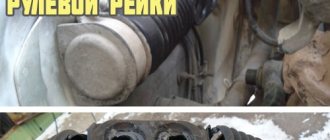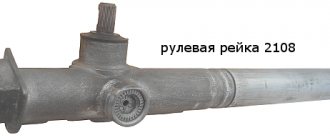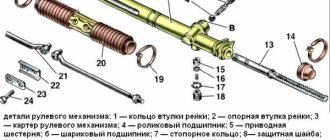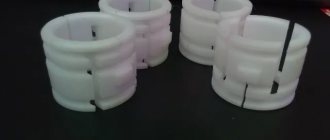How to determine a faulty steering rack?
Let's start with the fact that on modern cars several types of steering racks are currently widely used: mechanical, electrical and hydraulic. Well, if with mechanical slats, everything seems to be clear and not at all difficult, then sometimes only an experienced technician can determine the malfunction of the other two types of slats, resorting to the help of special equipment and tools. To accurately diagnose steering problems, it is recommended to visit a specialized service center, because it often requires complete dismantling and disassembly of the mechanism down to the last detail. However, the main problems can be identified by yourself, based on several alarming signs.
How to check the steering rack yourself?
Symptoms of malfunction:
- A knocking sound appears in the front suspension. At first it can be almost invisible and appears only on very rough roads, but in the future it will appear constantly. If the mechanism is severely damaged, the machine becomes uncontrollable.
- The appearance of oil puddles on the asphalt under the car. This is one of the common signs of a faulty steering rack for cars with a power steering system. Worn oil seals and gaskets are to blame for hydraulic fluid leakage; sealing elements require replacement.
- Difficulty turning wheels. The steering wheel turns tightly, and when driving, an extraneous whistle or hum may occur. The problem may be related to damage to the power distributor, drive belt or power steering pump, however, it is necessary to carry out an accurate diagnosis at a car service center.
- Tight steering wheel. This is especially noticeable at the beginning of the movement; it is also difficult to turn the steering wheel during severe cold weather.
- Reduced vehicle controllability. The car does not respond to turning the steering wheel; the steering wheel may not return to its original position.
- Beating in the steering wheel. The appearance of vibration when turning and when moving along a straight path.
To accurately identify a faulty steering rack on a car, it is better to contact a specialist. It is not always possible to carry out high-quality repairs: in case of complex damage and deep corrosion of the elements of this mechanism, the rack will have to be replaced with a new or restored one. Independent disassembly of the mechanism and replacement of parts does not always allow you to obtain the desired result.
The steering rack is designed to transfer energy from the steering wheel to the wheels, and the car's controllability and traffic safety largely depend on its serviceability. Every driver should be able to recognize the signs of a faulty steering rack and know when it is necessary to contact a car service to repair or replace it. Reduced vehicle controllability leads to emergency situations in which all road users may suffer.
The steering rack mechanism fails for two main reasons:
driving on uneven roads;
moisture entering the housing.
Wheels falling into holes and potholes on the road surface, driving over rails, hitting curbs - all this leads to increased load on the mechanism and its premature wear. Another inevitable cause of problems is dust: small particles of sand and moisture clog the mechanism, and as a result it quickly fails. If you often have to drive on dusty, rough roads, you need to constantly monitor the condition of the boots and bypass tubes found on some models of modern cars to prevent sudden breakdowns.
Also, the causes of steering rack malfunction are rash actions of the driver.
Device and main components
Most often, cars use a rack-and-pinion steering modification. The device of such a mechanism includes:
- The steering wheel is located in the car cabin. With its help, the driver sets the direction while the car is moving;
- Steering column - has the form of a metal rod through which torque from the steering wheel is transmitted. For safety reasons, this element has one or more universal joints (in the event of a frontal collision, the steering column folds in several places, which prevents increased injury to the driver's chest);
- Steering bar with teeth. These teeth engage the steering column worm shaft. The design is in a metal case;
- Steering rack rods are rods attached to both ends of the bar using a threaded connection. At the ends of the rods there is a thread onto which the tips with hinges are screwed;
- Steering ends are a hollow tube, on one side of which there is an internal thread (the steering rod rod is screwed into it), and on the other side there is a hinge connected to the steering knuckle of the wheel.

